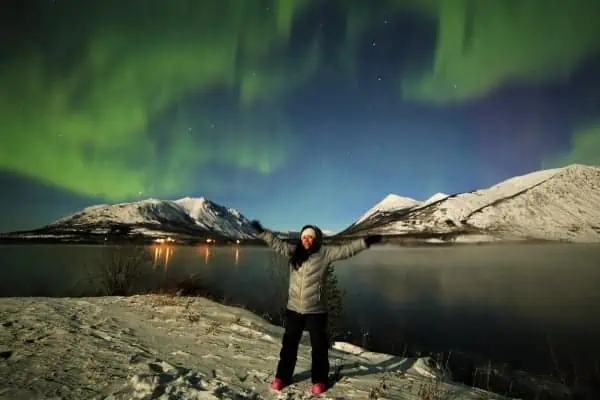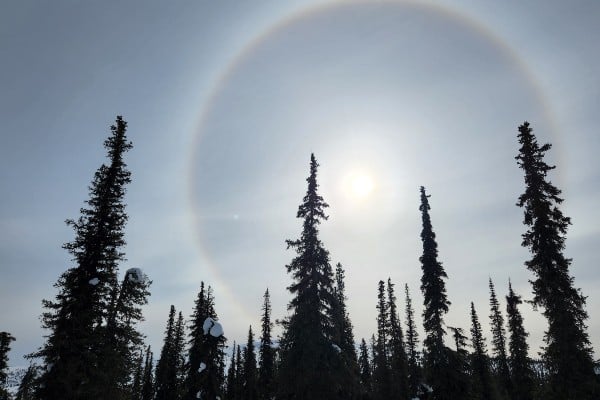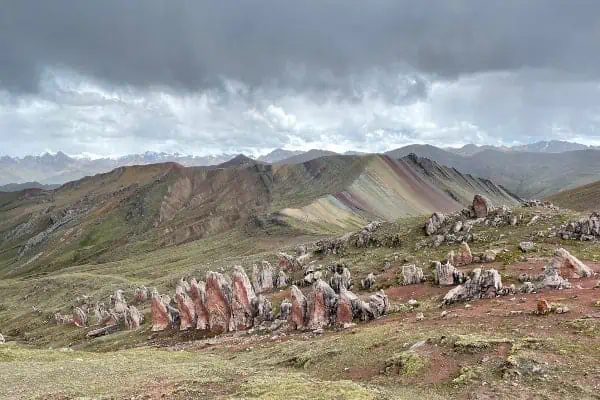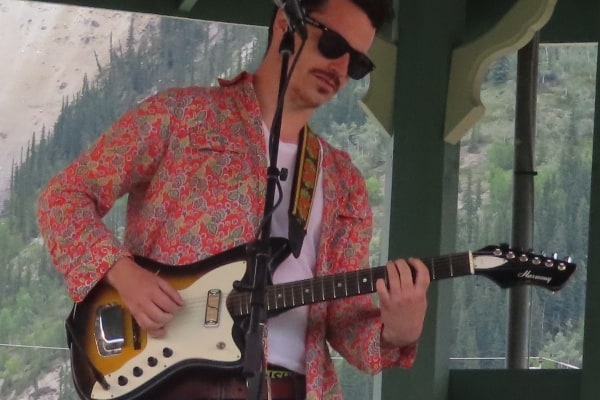After living in the North for nearly a decade, I have come to appreciate that travelling over 500 kilometres to replenish my food supply and see a dentist is merely a leg stretch. And a five-hour drive to reach the closest lake is simply the time it takes to go swimming. Although I try to minimize my carbon footprint and time behind the wheel, there always seems to be an occasion to go the distance. My sister’s wedding, as well as medical trips down South, will require me to drive 2,500 kilometres, starting down the winding and scenic Stewart Cassiar Highway.
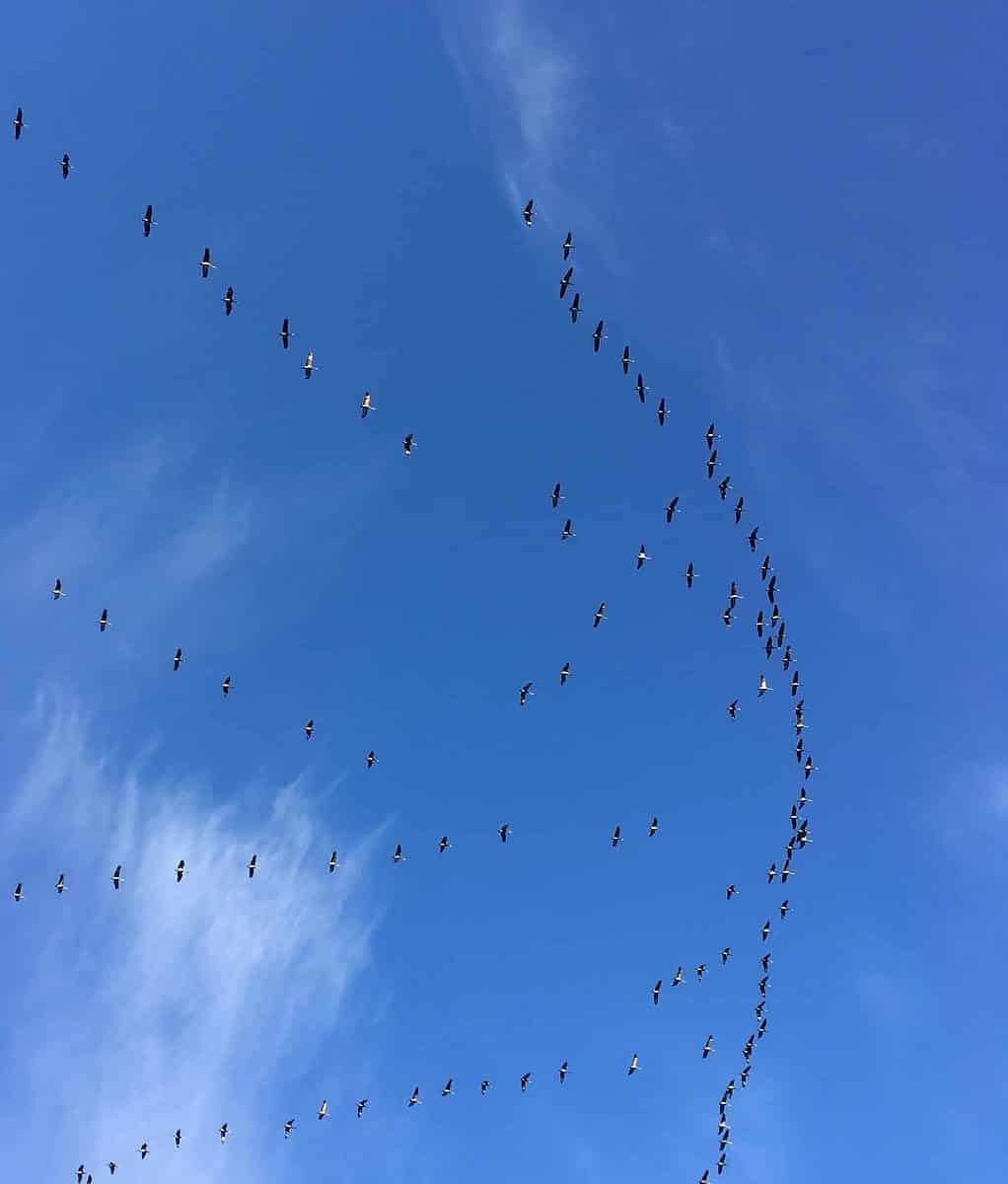
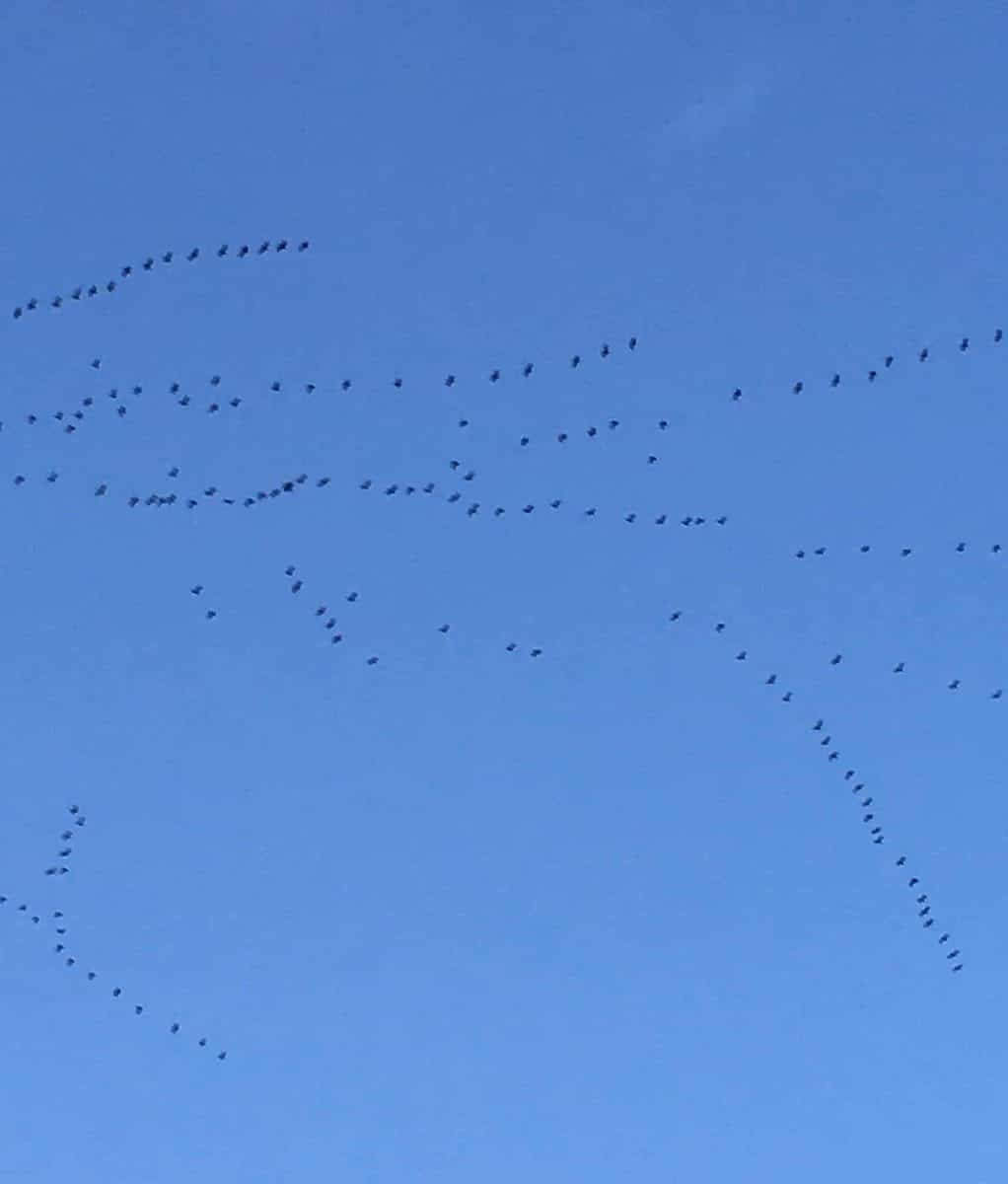
If you had expected me to travel these distances before I moved north, I would have thought you were bonkers. But, up here the distances we go are great and I am starting to get used to them. I’m almost starting to enjoy travelling these wide-open spaces (and I know I’m not the only one).
It appears that some of us are celebrating these distances by racing through them. We relay over scenic roads for 240 kilometres, from Haines to Haines Junction. And we chart unsettled waters, paddling 715 kilometres in the Yukon River Quest. Mushers also venture out in mid-winter, across the dark desolate landscape, in attempts to cover the 1,600-kilometre-long Yukon Quest.
Back here in the bush, I’ve heard of hard-core locals walking entire trap lines. While others have hiked ancient trails, only to get lost for days or weeks at a time. What a tale they have spun upon their return—one of resilience and resourcefulness. The Indigenous Peoples of this land and water would travel vast distances from summer to winter camps, from salmon to caribou, from coast to inland, from trade to community gatherings. It is simply astonishing the distances they used to travel, and by such humble methods—canoe, dog team, on foot—down rivers and across overland trails.
For the most part, our modes of transportation have changed and continue to change dramatically, over time—from foot to car, dogsled to skidoo, and canoe to motorboat—but the distances remain the same, and we travel them all the same. And there are still some back-to-the-landers who stay committed to carrying on traditional methods of travel. We can also look to our animal friends for inspiration, who continue to travel unbelievable distances under self-powered methods.
The Sandhill Cranes, who we hear trumpeting overhead every spring and fall, migrate thousands of kilometres to and from their northern breeding grounds. We are talking hundreds of thousands of cranes riding the thermals and traversing the prevailing wind currents from as far south as Mexico, to northern and central Yukon and Alaska. Some even cross the Bering Strait to Siberia, all for the sole purpose of breeding. And yes, their fledglings fly the entire distance back with their parents, months later. Talk about impressive kids!
And if you think that migration is epic, consider the Northern Wheatear, a small unassuming songbird that breeds in Yukon each summer. The Dempster Highway is apparently a good place to try and spot them. The bird makes its return journey to its wintering grounds in sub-Saharan Africa, 21,000 kilometres across Alaska, the Bering Strait, Asia and the Middle East. This bird migration is out of this world; or, maybe I should say around it!
And the resident grizzly bears, maybe not making a true migration but certainly going the distance, within their territories, are known to travel up to 250 kilometres, per year, in search of food. They occupy large home ranges (especially the males) of around 1500 kilometres2. They need large tracts of wilderness to survive and, unfortunately, habitat loss from human encroachment is their biggest threat.
And our finned friends, the salmon, also travel thousands of kilometres from their natal streams, to the Bering Sea, only to return from the oceans, years later, to spawn in the same rivers they were reared in. And if it wasn’t hard enough the first time, the return trip is against the current. Given that there are very few salmon returning to spawn here in the Yukon, the ones that continue to make the perilous journey are even more precious.
As I reflect on all of the incredibly unfathomable journeys these animals take, out of necessity, to complete their life cycles, I receive a perspective shift for my own life challenges. These animals are driven by a force so great that they can overcome seemingly insurmountable odds and complete distances beyond our comprehension. And, although I forget sometimes, I am also made from the same fabric as these animals. Maybe I am a bit softer and not as strong, but I still have the same force within me.
The grandiosity of the upcoming distances I need to go in my life is reduced when I think of my fellow traveling companions, both human and animal. In all this good company, the distances start to feel less like an obstacle, in the way of my dreams, and more like a part of me, like who I am—a northerner, with drbehindeams big enough to fill the wide-open spaces.Whether I achieve my dreams or not is beside the point. As I reflect upon the salmon, I come to realize that they don’t swim the distance back to their natal streams only if they make it. They swim their migration regardless; it is hard-wired into who they are. Their journey is an unconditional one.

